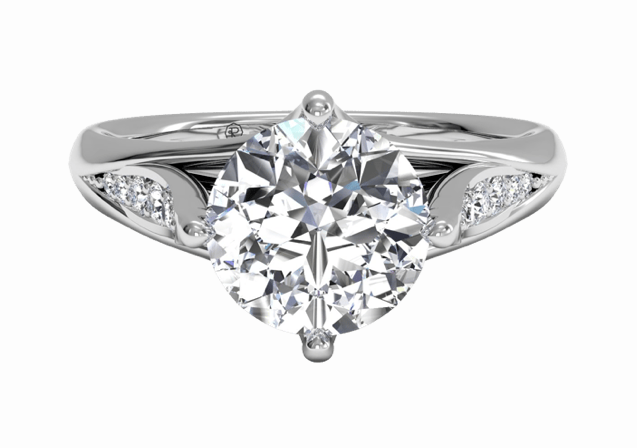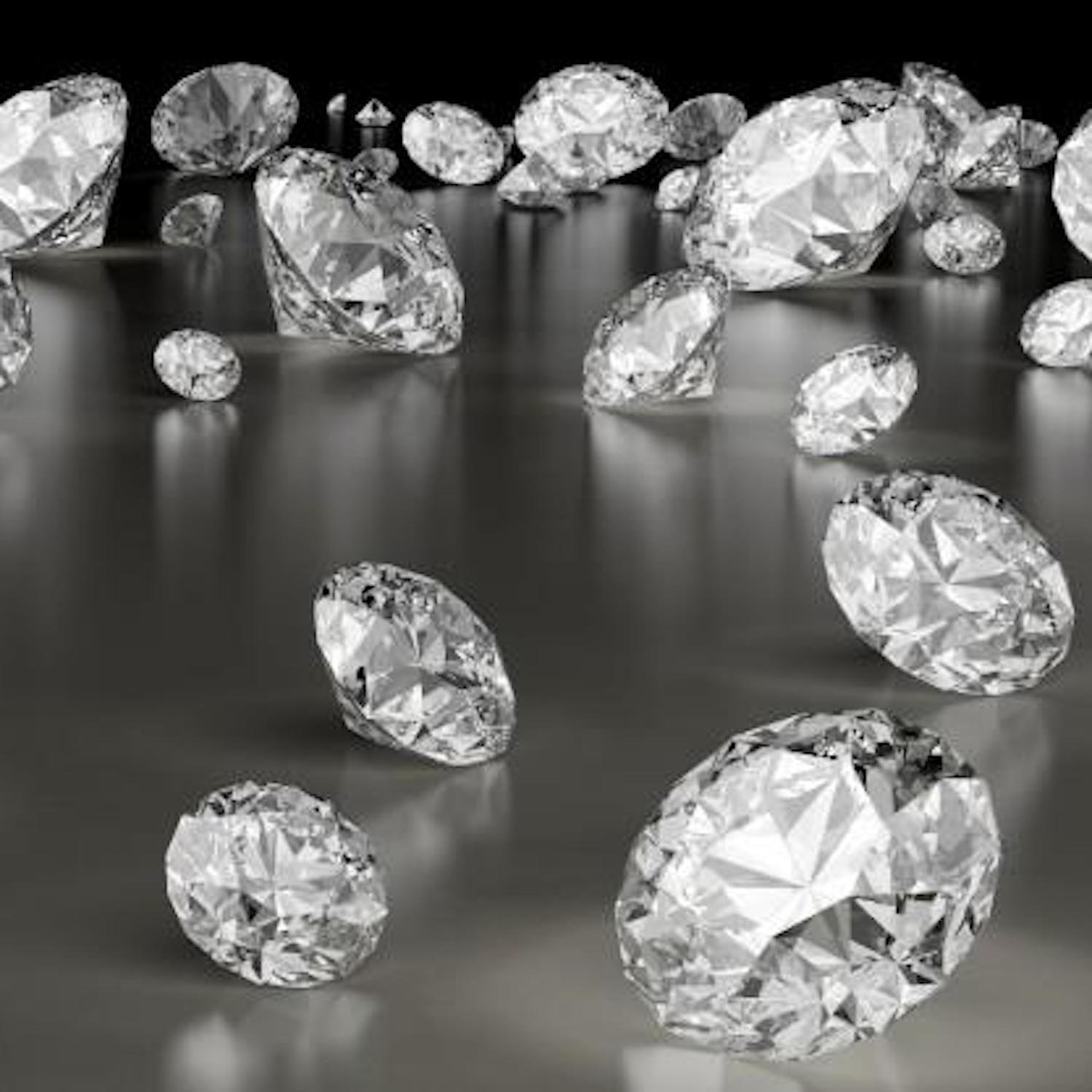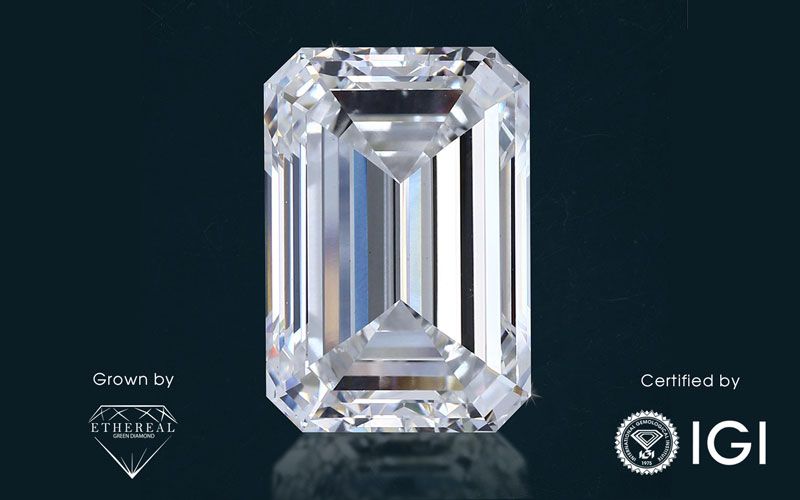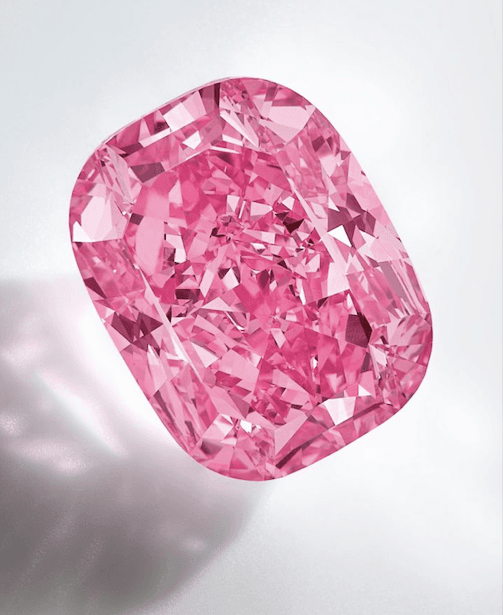Lab-Grown Diamonds Are Surging In Popularity—Here's Why

During 2022, lab-grown diamonds made up approximately 10% of the year’s diamond purchases, and their popularity continues to soar rapidly. The escalating appeal of lab-grown diamonds comes down to two main reasons—their affordability and their origin. Thanks to the marvels of modern science, we now know that cultivated diamonds that are “grown” in labs are identical in their physical composition and brilliance to that of mined, earth-grown diamonds. The only distinguishing factor between lab-grown diamonds from earth-grown diamonds is their source—and that’s it! Lab-grown and earth-grown diamonds are pure, crystalized carbon formed under intense heat and pressure. The Federal Trade Commission even amended its jewelry guides in 2018 with the following ruling — ”A diamond is a diamond no matter whether it is grown in a lab or comes out of the ground,” to prevent fraud in jewelry marketing. With that said, here is why more couples are now gravitating toward these lab-created beauties.
They’re More Affordable!
Since lab-grown diamonds have an identical chemical structure and appearance to earth-grown diamonds, with a significantly lower price tag, what’s not to love, right? Lab-grown diamonds typically cost about 30-40% less than earth-grown diamonds of the same color, clarity, and carat weight. Their lower cost is simply due to a shorter supply chain since they aren’t mined and can be cut and polished anywhere, reducing shipping costs. Given how much more affordable lab-grown diamonds are, a higher carat-weight lab-grown diamond, often as much as one to two carats larger, can be purchased for the same price as a much smaller carat-weight earth-grown diamond without sacrificing quality. This option is especially advantageous for couples looking to upsize an engagement ring diamond while still staying within their budget. Due to their rarity, earth-grown colored diamonds are much more expensive than earth-grown white diamonds, making lab-grown colored diamonds a more cost-effective way to procure the same level of beauty and quality at a mere fraction of the price of earth-grown colored diamonds. With lab-grown colored diamonds, it is possible to create the exact colors that occur in earth-grown diamonds, offering an impressive bargain.
They’re Eco-Friendly.
Since there is no mining involved in their production, lab-grown diamonds are environmentally sustainable, which makes them immensely appealing to eco-conscious couples eager to lessen their carbon footprint. Diamond mining can be ecologically destructive due to the displacement of hundreds of tons of soil, creating huge craters that are often visible from space. Shorelines can become permanently altered and natural animal habitats disrupted, leading to a reduction in wildlife populations. Diamond mining can also cause soil, water, and air pollution in the areas surrounding mines. Since water is used in diamond extraction, this is hugely problematic in certain African countries where clean water is a scarce resource. Energy sources, including diesel fuel, electricity, and hydrocarbons used for diamond mining, release harmful greenhouse gasses, all of which contribute to smog and climate change. Many acres of forests, watersheds, etc. can ultimately be preserved through increased consumer interest in lab-grown diamond jewelry.
They’re Ethically Produced.
Historically speaking, diamond mine laborers were victims of human rights abuses, workers' exploitation, and generally unhealthy, dangerous working conditions. Fortunately, The Kimberley Process, established in 2003, is an international certification scheme that began its initial formation in Kimberley, South Africa, when representatives from South African diamond-producing states met in 2000 to discuss how to regulate the rough diamond production and trade and finally put an end to conflict diamonds. Through negotiations between governments, the international diamond industry, and civil society organizations, the Kimberley Process Certification Scheme (KPCS) became a reality. By 2003, the 82 participating countries finally began to enforce the Kimberley Process rules. Even with the implementation of the Kimberley Process, purchasing lab-grown diamonds will still provide the highest level of assurance that your jewelry is 100% conflict-free!
They Cost Less To Insure.
Lab-grown diamonds are less expensive to insure and come with appraisal forms and grading reports, just like earth-grown diamonds, which validate the diamond’s value, effectively protecting your jewelry from theft and damage. With this in mind, lab-grown diamonds offer a fantastic bargain in more ways than one.
For those most interested in premium affordability with conscious consideration for ethical, social, and ecological concerns, buying lab-grown diamond jewelry is an exciting option.


